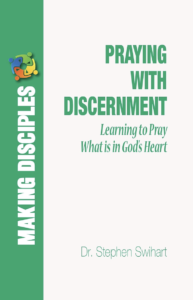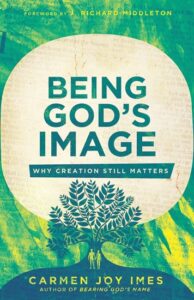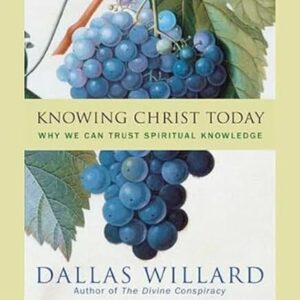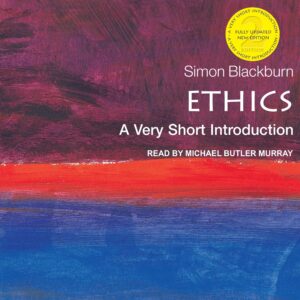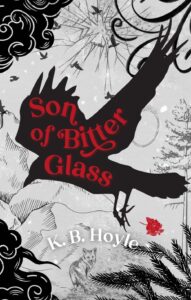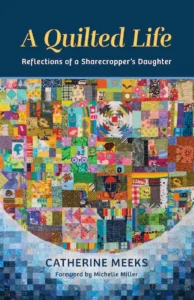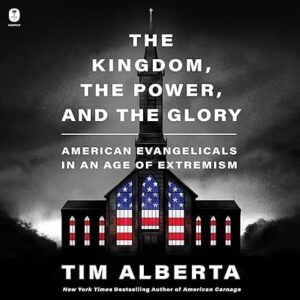 Summary: Well-constructed argument that the purpose of the church has been lost, but can be regained again.
Summary: Well-constructed argument that the purpose of the church has been lost, but can be regained again.
I was somewhat reluctant to pick up The Kingdom, The Power, and the Glory because I was unsure what more I could learn about Christian Nationalism and extremism, and because I have read so widely in the recent literature. But I saw a copy at my library, and several people I trust have recommended it. I related to his opening because I am a pastor’s child who often does not understand the faith of many people who call themselves Christians. While it was well-written and expertly crafted, I did not find the book’s first half all that engaging because I knew the stories already. There is value in compiling all of it together in a single book for those who have not been paying attention. But it is tough for me to trust that people who haven’t been paying attention will be interested in this.
One of the book’s strengths is that Alberta spends a lot of time interviewing people and allowing them to speak in their own words about their motivations and strategies. Several people commented in reviews or podcasts with Alberta about how surprised they were that so many people spoke on the record. I agree that allowing people to speak for themselves has real value. Quite often, Alberta gives context to those interviews because the subjects rarely explore their complicity in creating extremism within the church. At the same time, this is one of my biggest frustrations with the book because, as much context as Alberta gives, he often frames the conversation sympathetically.
For instance, when he interviews Stephen Strang in Branson, MI, at a Rewaken American event, Alberta talks about how uncomfortable Strang was with his surroundings. However, Alberta had previously discussed Charisma media and the magazine’s role in spreading misleading information. Strang is the owner and publisher of Charisma, not someone incidental to the world. Strang signed up Mark Driscoll to a book contract and speaking tour after he was fired from Mars Hill. Strang wrote a book in 2020 defending Trump (God, Trump, and the 2020 Election: Why He Must Win and What’s at Stake for Christians if He Loses) and a previous spiritual biography of Trump and four other books that were directly or indirectly about Trump. (Those books had introductions from Eric Metaxas, Jerry Falwell Jr, Mike Lindell, Benny Hinn, Mike Huckabee, and Lori Bakker.)
